Memes: Where are they now?

Pepe the Frog is one of the most culturally iconic memes on the meme market.
Love them or hate them, memes are here to stay. From the troll face of the early 200s to the sad frog Pepe, they have become cultural icons amongst America’s youth, in one of the oddest trends of this millennium.
Even over the past year, memes have grown to incredible notoriety, with some students like sophomore Adnan Alagic stating that he’s “known about memes since he was ten, but only got into them in the past year.”
According to the Merrimam-Webster dictionary, a meme is defined as “an idea, behavior, or style that spreads from person to person within a culture” This could include something like a rage comic, planking, or Harlem Shaking. It could include the brief but enormous success of TriviaCrack, or it can include the more traditional idea of a meme – an overused phrase or image off of the internet.
Though they have become a largely comedic idea, celebrated throughout today’s teens, originally, memes were, believe it or not, a scientific proposal.
Evolutionary biologist Richard Dawkins, in his book The Selfish Gene, came up with an idea: What if culture, like genetics, was based off of a self-replicating “unit” of culture- rather than the gene, he proposed the “meme”, and dubbed this theory of culture as equivalent to genetics “memetics.”
This “science” would rise in the 1990s – at the same time as the internet really began to gain popularity with the general public. With it came the notion of “going viral”- an idea, set of words, or a picture which everybody knows or hears about, thanks to the near instantaneous capabilities of electronic communication. This was considered by many proponents of the hypothesis as the perfect illustration of the concept of the meme- an idea, a unit of culture, that reproduced and spread quickly from person to person.
From here, memes have grown enormously- even off of the internet. Originally, the idea was endemic to obscure websites like 4chan, memes have gone on to inhabit numerous more savory and well trafficked websites, most notably iFunny, which has become meme central for many students.
It’s no secret why memes have spread so far and wide. When asked why they have been so successful, junior Weston Sheafer said that “…they’re fresh, new and an outlet that are easily textable”.
On the fast moving social media networks of today, ideas are capable of moving faster than ever before. A joke or concept can be brought up to millions of people within a matter of minutes, but thanks to the nature of the digital medium, people are always able to constantly move on to new units of culture. It is by this way that, within the course of a week, “Flappy Bird” goes from the talk of the town to so last year.
Where memes will go in the future is inherently unpredictable. They may continue onwards in the current form, or mutate into something quite different just like memes themselves do. Wherever they go, they will always be around for viewers entertainment.
Want to help the Herd? Please consider supporting the Periscope program. Your donation will support the student journalists of CHS and allow us to purchase equipment, send students to workshops/camps, and cover our annual website hosting costs.

Harry Wendelken is a 16 year old child. This is his profile you are reading. He's a journalist of some sort on the school news paper, mainly Periscope....












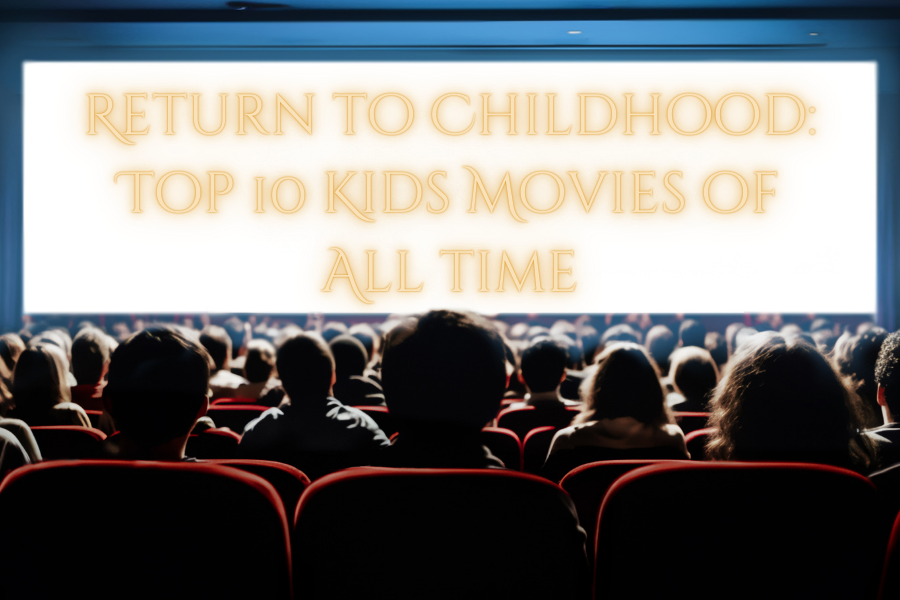







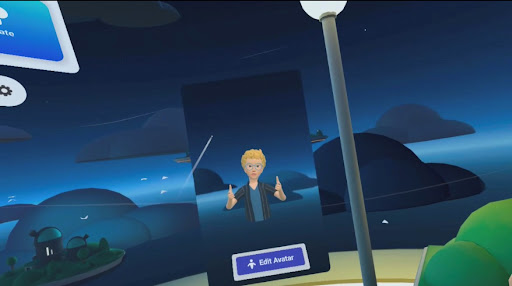





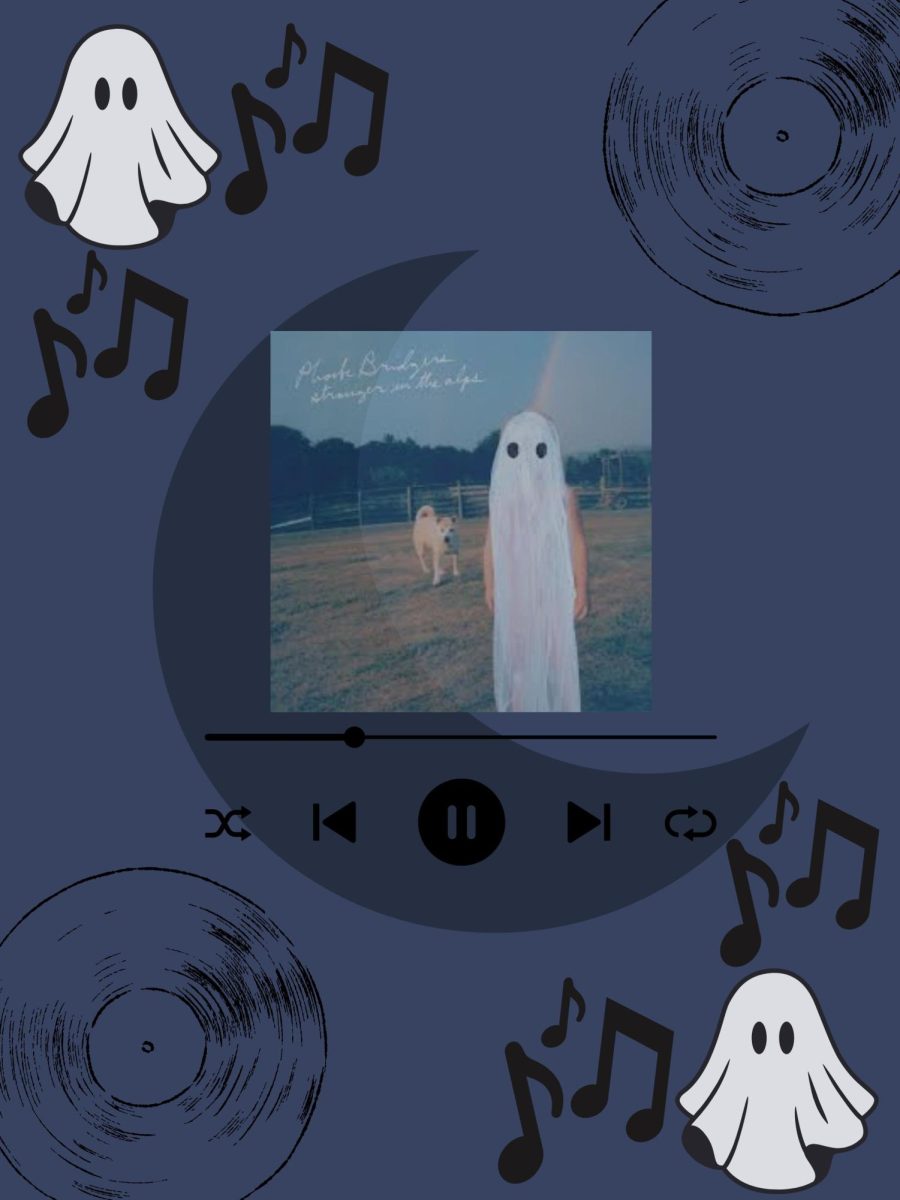
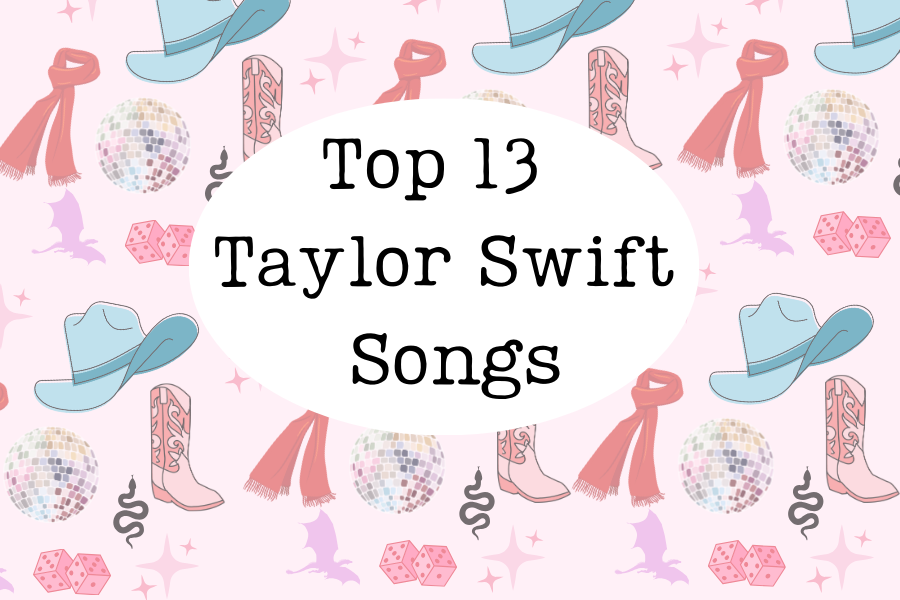





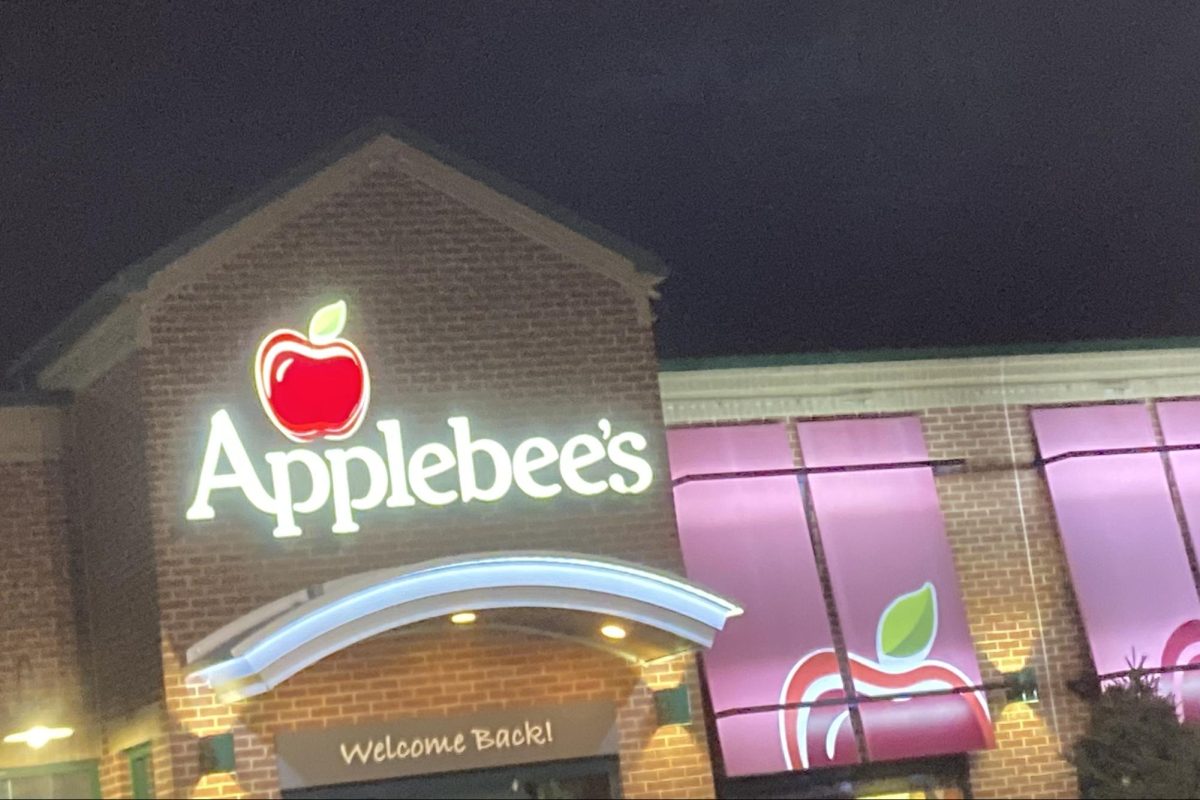





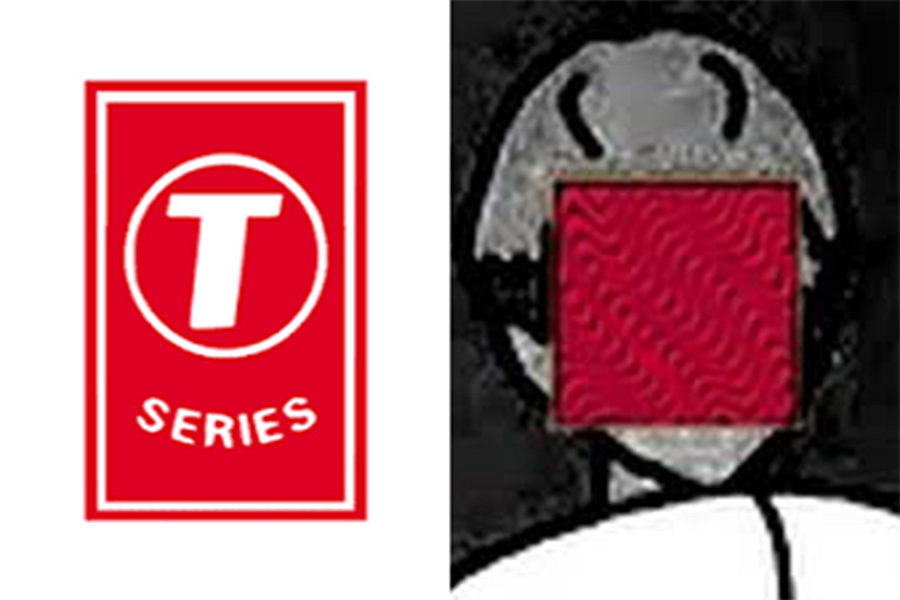

























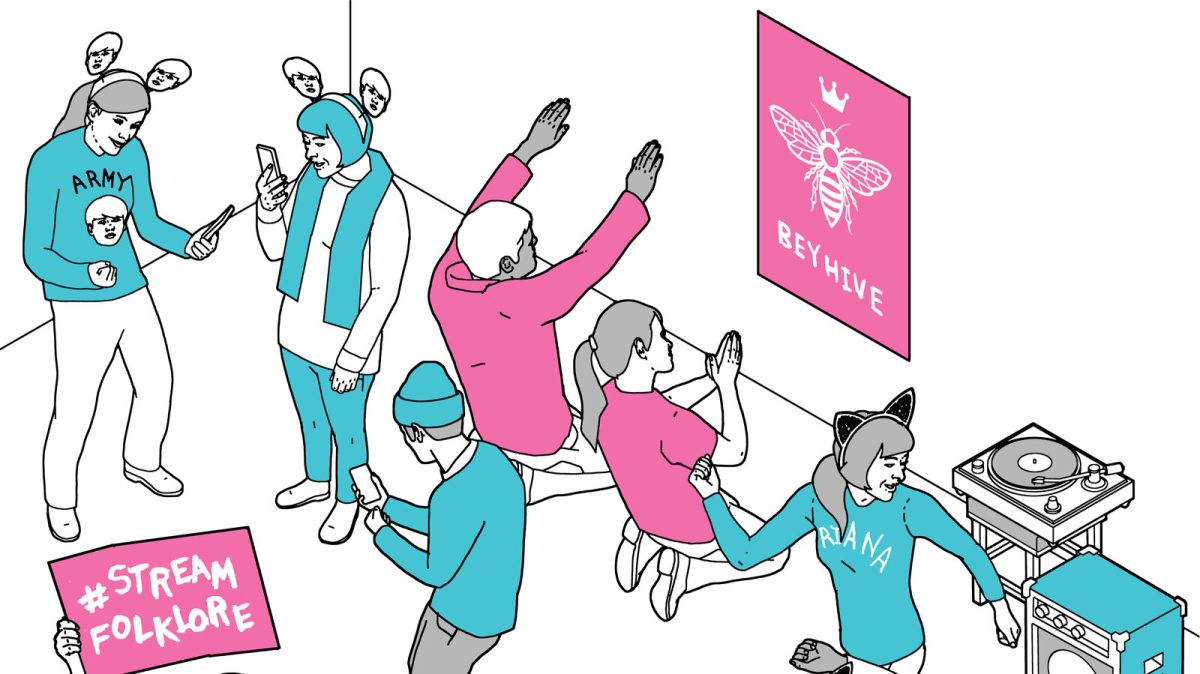


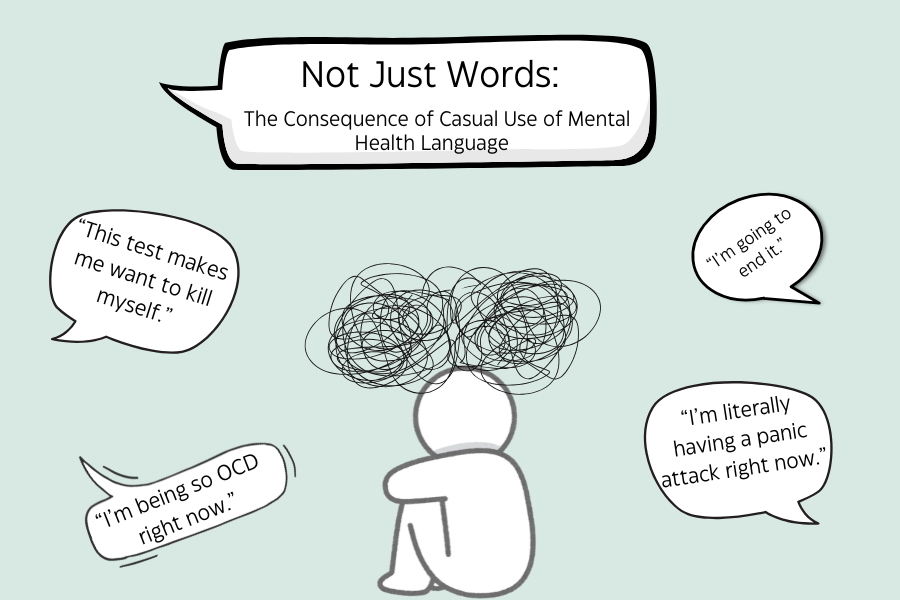









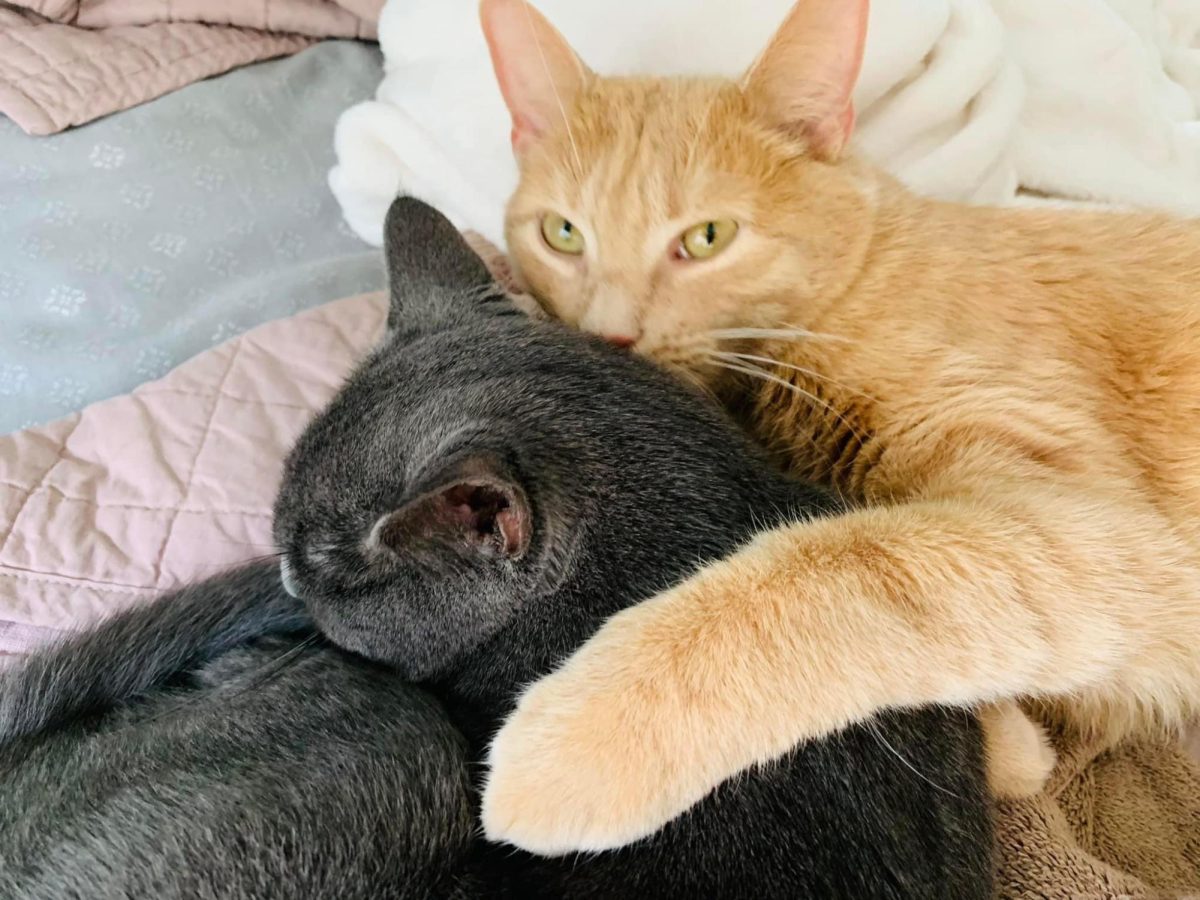




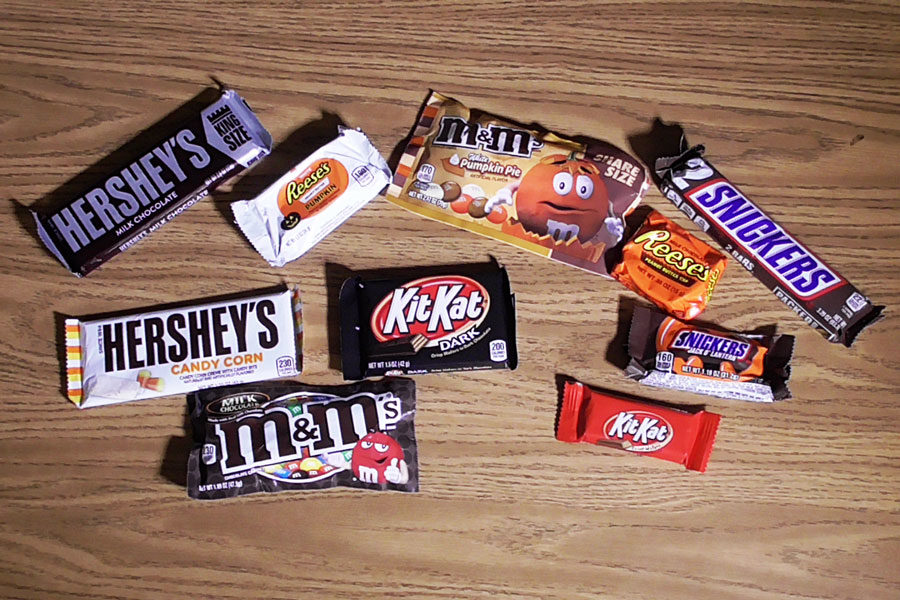






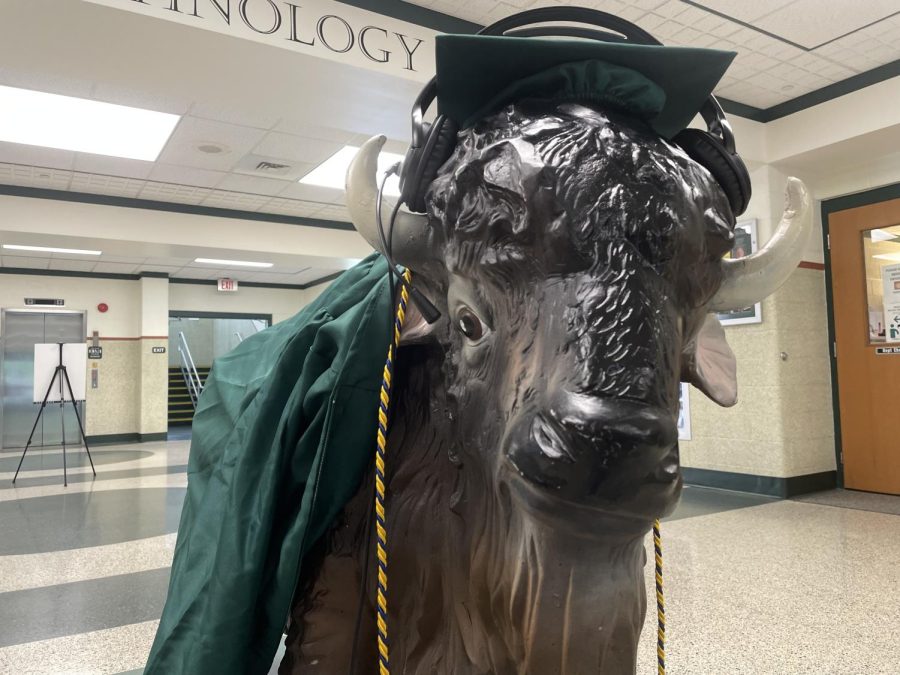

Bob Sky • Sep 28, 2015 at 11:32 am
The field of memetics is rapidly expanding. I just hope that these memes can retain their dankness as time goes on, in particular after a certain shill whose name rhymes with “doot” committed a certain action with the notorious hacker “4chan.” May potato salad protect us all. 3dank